Meet One Health researchers at SLU
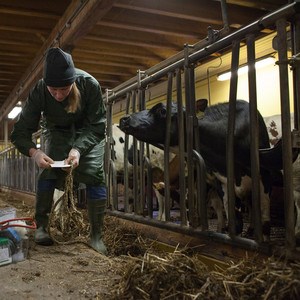
One Health is an important research area at SLU. At SLU, over 150 researchers at 20 departments are working in this field. Here we meet nine of these researchers, who present their research areas and how they contribute to our One Health knowledge.
If you are interested to get in touch with researchers working within differents area of expertise conntected to One Health, you can view these contact pages below. More areas will be added and we will update the contact lists as we receive new information.
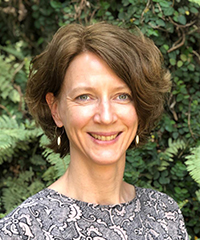 Sofia Boqvist
Sofia Boqvist
Docent at the Department of Biomedical sciences and Veterinary Public Health. Conducts research on One Health with a focus on veterinary public health.
Addressing the problem of food-borne diseases is extremely important from a global perspective. In order to reduce the impact of such diseases, our work must be based on a One Health perspective. Previously, the significance of infectious agents that are spread via food (primarily in low-income countries) was underestimated. But as of a few years back, WHO for example, have highlighted the problem. Infections of that kind cause huge personal suffering and also major financial losses for both individuals and society. Another important field is how we can prevent the spreading and occurrence of antibiotic resistance. This is a crucial factor in order for us to be able to treat bacterial diseases in humans and animals in the future.
As a university, SLU is unique since it covers all the fields included in the concept of One Health. This means that SLU has a self-evident role in the future development of One Health.
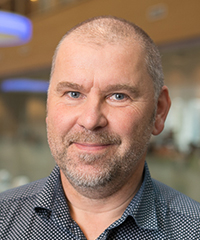 Stefan Bertilsson
Stefan Bertilsson
Professor of Functional Ecology in Limnetic Systems at the Department of Water and Environment.
I investigate the spreading of water-borne infectious agents and how it is controlled by environmental factors, biological interactions and processes. How should water supplies be planned in order to reduce vulnerability? Securing the supply of water now and for future generations is one of society’s greatest challenges and in order to succeed, we need to take a holistic approach that integrates knowledge from environmental research, veterinary medicine and infection biology.
Through its research profile and role in this sector, SLU is a key player in water research and this enables us to lead efforts to secure society’s future water supplies. In combination with advanced sector-based veterinary and animal science and close collaboration with leading research environments in infection biology, this enables us to really make a difference!
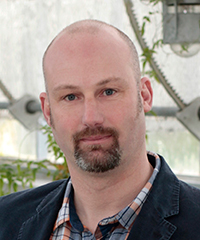 Rickard Ignell
Rickard Ignell
Professor at the Department of Plant Protection Biology who conducts research on chemical ecology and disease vectors.
In 2015, the measures that were implemented at the turn of the century to combat malaria began to lose their effectiveness in a number of vulnerable countries in Africa, south of the Sahara. A major contributing factor to that is increased physiological and behavioural resistance in the mosquitoes that spread the disease. To solve this problem, an interdisciplinary analysis of the factors that drive the spreading of the disease is needed. We are working on identifying the factors that control the heterogenic spreading of mosquitoes and malaria from a local landscape perspective. In addition, we are developing new methods that can be used to tackle combat species of malaria mosquitoes that currently cannot be combatted using conventional measures.
By being allocated senior career support and with support from the recently established Max Planck Centre, next Generation Insect Chemical Ecology (nGICE), SLU has demonstrated a keen interest in the questions linked to this subject area. SLU’s platform Future Animal, Nature and Health creates opportunities to increase interdisciplinary interaction which in turn opens up for new ways of solving the problem of vector-borne diseases.
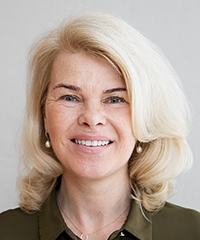 Eva Skiöldebrand
Eva Skiöldebrand
Professor of Pathology at the Department of Biomedical Sciences and Veterinary Public Health.
Osteoarthritis is a common disease in the horse and they develop lameness and pain early in age. Approximately 10 % of the world’s population aged over 60 suffer from joint pain associated with osteoarthritis, which is serious since the illness can lead to an increased risk of cardiovascular disease, diabetes and dementia. One of the biggest problems is that the disease develops over decades, where patients start to display clinical symptoms of pain and disability late in the disease process, when the articular cartilage damage cannot be cured.
The Food and Drug Administration in USA has recently approved the horse as an experimental animal for studying osteoarthritis in humans. We are able to study the early pathological changes in cartilage cells from the horse and can identify early mechanisms of osteoarthritis. I work in an interdisciplinary project seeking to decipher the mechanisms underlying the early initiation of osteoarthritis, which is conserved between man and horse, disentangle the progression of the disease and elucidate new strategies for pharmacological intervention. By interdisciplinary combination of knowledge and skills from the veterinary field and human physiology and medicine, and by using big data, we foresee a strong potential to solve the questions on how to diagnose and treat the disease successfully both in human and horse.
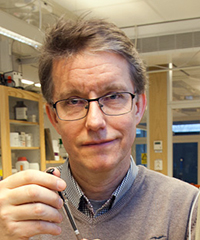 Anders Broberg
Anders Broberg
Professor of Natural Products Chemistry at the Department of Molecular Sciences. Conducts research on secondary metabolism and is searching for tomorrow’s antibiotic substances in fungi and bacteria.
We are striving to detect new anti-microbial substances in microorganisms that could be developed into new antibiotics. The development of these substances into new medicines requires interest from the pharmaceutical companies but because it is hard to make a profit on developing new antibiotics, there is currently little interest in this field. Inquiries into this matter have suggested that rewards should be given to companies that develop new antibiotics which could perhaps rekindle the pharmaceutical industry’s interest in this field.
It is essential to find a solution to this problem in order to be able to develop new antibiotics for the future. This research requires access to pathogenic bacteria or testing systems that enable researchers to study bacterial strains that are difficult or dangerous to handle. SLU could play an important role regarding contacts with other government authorities, for example, the Public Health Authority or national reference laboratories which currently offer testing for prioritised bacteria on a commercial basis. Another important role for SLU is to continue to support the purchase and maintenance of the expensive instruments that are needed for studying and characterising substances in different biological contexts.
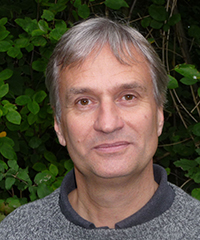 Knut-Håkan Jeppsson
Knut-Håkan Jeppsson
Researcher at the Department of Biosystems and Technology. Conducts research on animal husbandry systems with a focus on ventilation, thermal environment, air environment and emissions of ammoniac and greenhouse gases.
We are developing housing systems, which have a good thermal environment and air quality for both animals and humans, and with low levels of emissions of ammonia and greenhouse gases. Thermal environment and air quality affect animal health and work environment. Floors and resting areas are also of great significance for animal health and welfare. That is why we are designing floors and resting areas and new technical systems that can limit emissions of ammonia and greenhouse gases. Another important matter is the impact of climate change on animal husbandry systems with regard to animal environment and animal welfare.
SLU contribute to the development of tomorrow’s animal husbandry systems and is an important player when it comes to the analysis of animal husbandry systems from the perspective of sustainability.
 Henrik Rönnberg
Henrik Rönnberg
Professor of Internal Medicine of Pets at the Department of Clinical Sciences. Conducts research on comparative medicine specialising in oncology.
Through my research, I study spontaneous cancer diseases in pets in order to learn more about the occurrence, prevention, diagnosis and new forms of treatment of cancer in pets and humans. Cancer is a widespread disease and the illness with possibly the highest rate of mortality in both pets and humans. As the average life-span of humans increases, unfortunately cancer also increases. The illness itself and forms of treatment have a huge impact on quality of life and function. Therefore, it would be highly beneficial if the clinical knowledge we gain when dogs and cats come for cancer treatment could also improve life for humans.
SLU holds a key position as the only university in Sweden with both veterinary science education and opportunities for advanced clinical research. The unique concentration of interdisciplinary expertise in clinical practice, molecular biology, protein chemistry and animal welfare makes us an outstanding collaboration partner with both universities that conduct research on humans and with the medical industry.
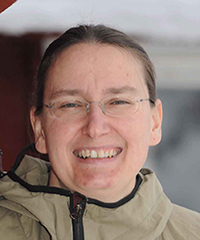 Frauke Ecke
Frauke Ecke
Docent who conducts research on rodent and disease ecology at the Department of Wildlife, Fish and Environment.
I investigate which factors drive the transmission of pathogens from wildlife to humans. This knowledge is crucial in order to be able to predict and prevent the spreading of infectious diseases. Driving factors include environmental conditions, biological interaction, animal and human behaviour, and (immuno-) genetic properties of pathogens, host animals and humans.
SLU has extensive experience in monitoring and conducting research on several central wildlife populations and their zoonoses. This creates excellent conditions
for increasing our knowledge on how climate and landscape change affects the transmission and outbreaks of zoonoses.
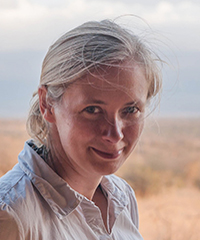 Johanna Lindahl
Johanna Lindahl
Docent at the Department of Clinical Sciences Conducts research on infectious diseases, One Health, food safety and antibiotic resistance.
The aim of our research is to try to understand how we
can stop infections and antibiotic resistance from spilling over from animals to humans in the animal husbandry of the future. This is a particularly important matter with regard to securing food supplies in the future.
SLU plays a major role in the development of sustainable animal production that does not imply increased risks for human health. Regarding the risk of infections spilling over, collaboration with a number of disciplines is required, including human medicine. SLU’s activities cover a wide range of disciplines, which is an advantage for this type of research. We also collaborate with many universities and research institutes, both in Sweden and abroad.